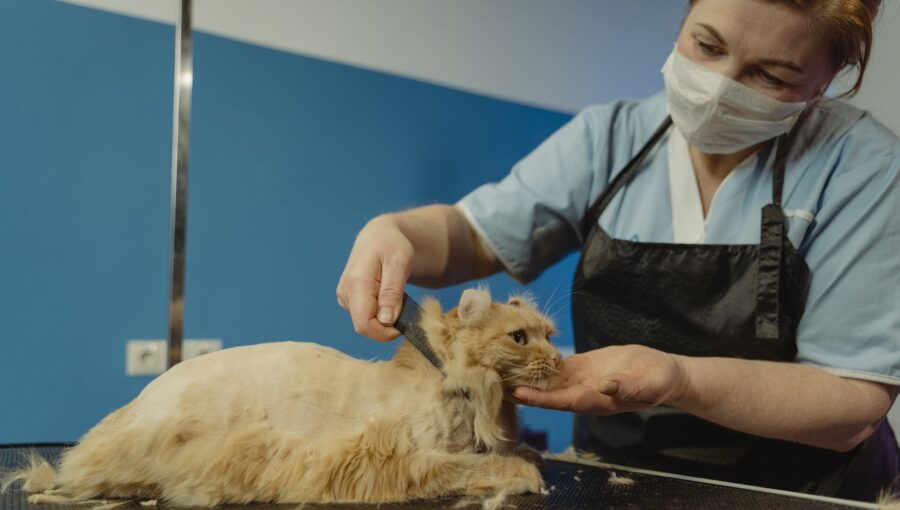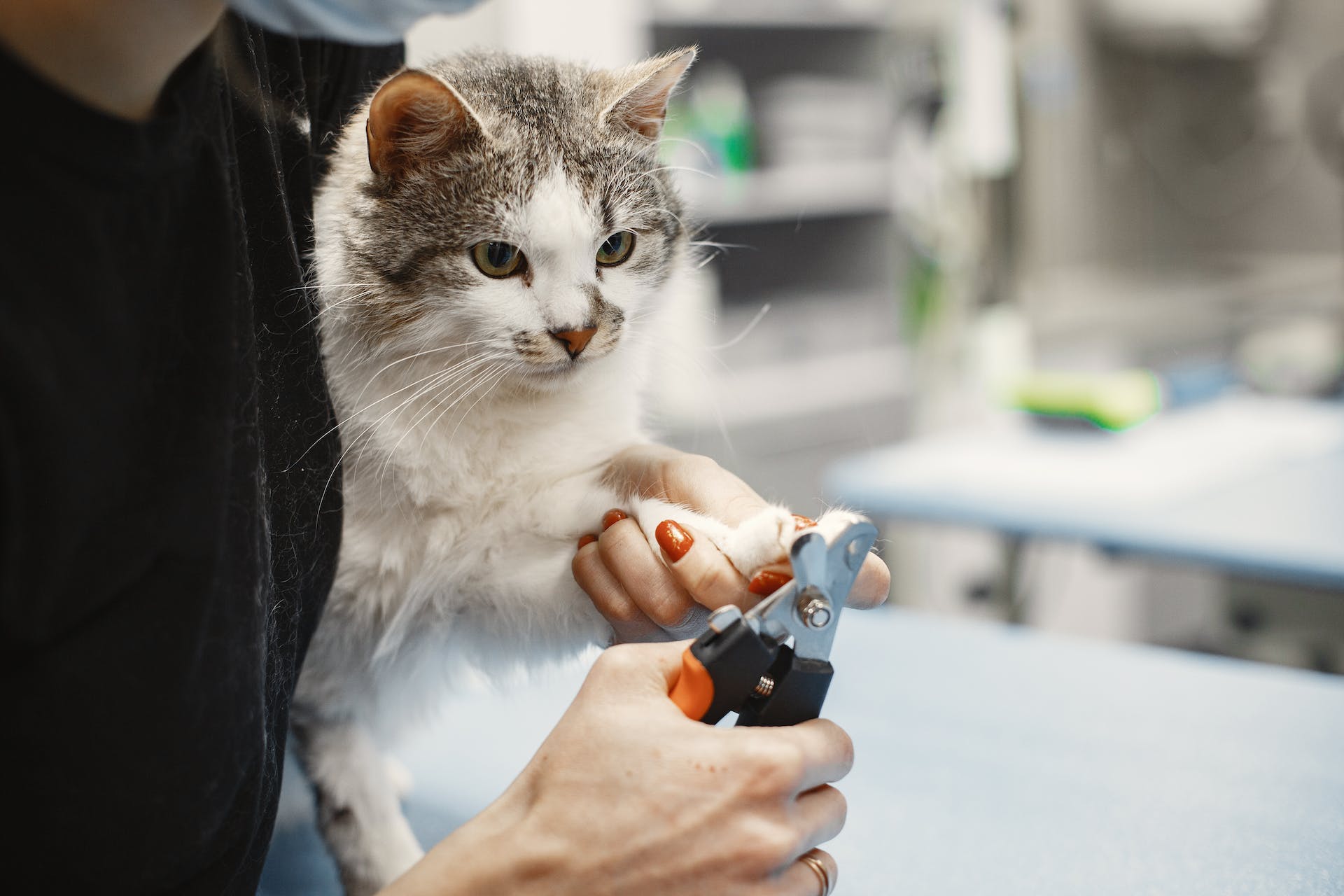A Comprehensive Guide to Cat Grooming: Tips and Techniques
 Pexels | Tima Miroshnichenko
Pexels | Tima Miroshnichenko Cats are notorious for their independent nature and meticulous grooming habits. However, as responsible pet owners, it’s crucial to complement their efforts with regular grooming sessions. Not only does proper grooming contribute to a clean and healthy coat, but it also helps prevent various health issues. In this comprehensive guide, we will explore essential tips and techniques for cat grooming to ensure your feline friend stays happy and healthy.
Understanding Your Cat’s Coat:Before diving into the grooming process, it’s essential to understand your cat’s coat type. Cats have varying coat lengths – short, medium, or long – and textures – straight, wavy, or curly. Each coat type requires a unique approach to grooming. Short-haired cats typically require less maintenance, while long-haired cats need more frequent brushing to prevent matting and tangling.
Essential Grooming Tools:Investing in the right grooming tools is the first step towards a successful grooming routine. Here are some essential tools every cat owner should have:
- Slicker Brush: Ideal for removing loose fur and preventing matting in medium to long-haired cats.
- Comb: Helps detangle hair and remove loose fur. Choose a comb with both wide and narrow teeth to accommodate different coat lengths.
- Nail Clippers: Keeping your cat’s nails trimmed is essential for their well-being and prevents scratches.
- Cat Shampoo: Choose a cat-specific shampoo to maintain the natural oils in their coat and avoid skin irritation.
- Toothbrush and Toothpaste: Dental health is often overlooked in cats. Regular brushing can prevent dental issues.
 Pexels | Gustavo Fring
Pexels | Gustavo Fring 1. Brushing:
a. Start brushing your cat from an early age to accustom them to the process.
b. Use gentle strokes, especially in sensitive areas like the belly and armpits.
c. For long-haired cats, brush against the direction of hair growth to prevent matting.
d. Be patient, and reward your cat with treats for positive reinforcement.
2. Nail Clipping:
a. Trim your cat’s nails every 2-4 weeks, depending on their activity level.
b. Use cat-specific nail clippers and be cautious not to cut into the quick (the pink part of the nail).
3. Bathing:
a. Cats generally groom themselves, so bathing is not always necessary. However, some cats may need a bath occasionally.
b. Use lukewarm water and a cat-friendly shampoo.
c. Gradually introduce your cat to water and make the experience positive with treats.
4. Ear Cleaning:
a. Check your cat’s ears regularly for dirt or wax buildup.
b. Use a cat ear cleaner and a cotton ball to gently clean the ears, avoiding the ear canal.
5. Dental Care:
a. Introduce tooth brushing gradually using a cat toothbrush and toothpaste.
b. Focus on the outer surfaces of the teeth and use a gentle circular motion.
Common Challenges and Solutions:1. Matting:
Regular brushing prevents matting. If mats are present, use a detangling spray and gently work through them with a comb.
2. Resistant Cats:
If your cat resists grooming, start with short sessions and gradually increase the time. Use treats and positive reinforcement to create a positive association with grooming.
Conclusion:Regular cat grooming is a fundamental aspect of responsible pet ownership. By understanding your cat’s specific needs and employing the right techniques and tools, you can ensure a comfortable and enjoyable grooming experience for both you and your feline companion. Remember to be patient, use positive reinforcement, and consult your veterinarian if you encounter any grooming challenges. A well-groomed cat is a happy and healthy cat.










































